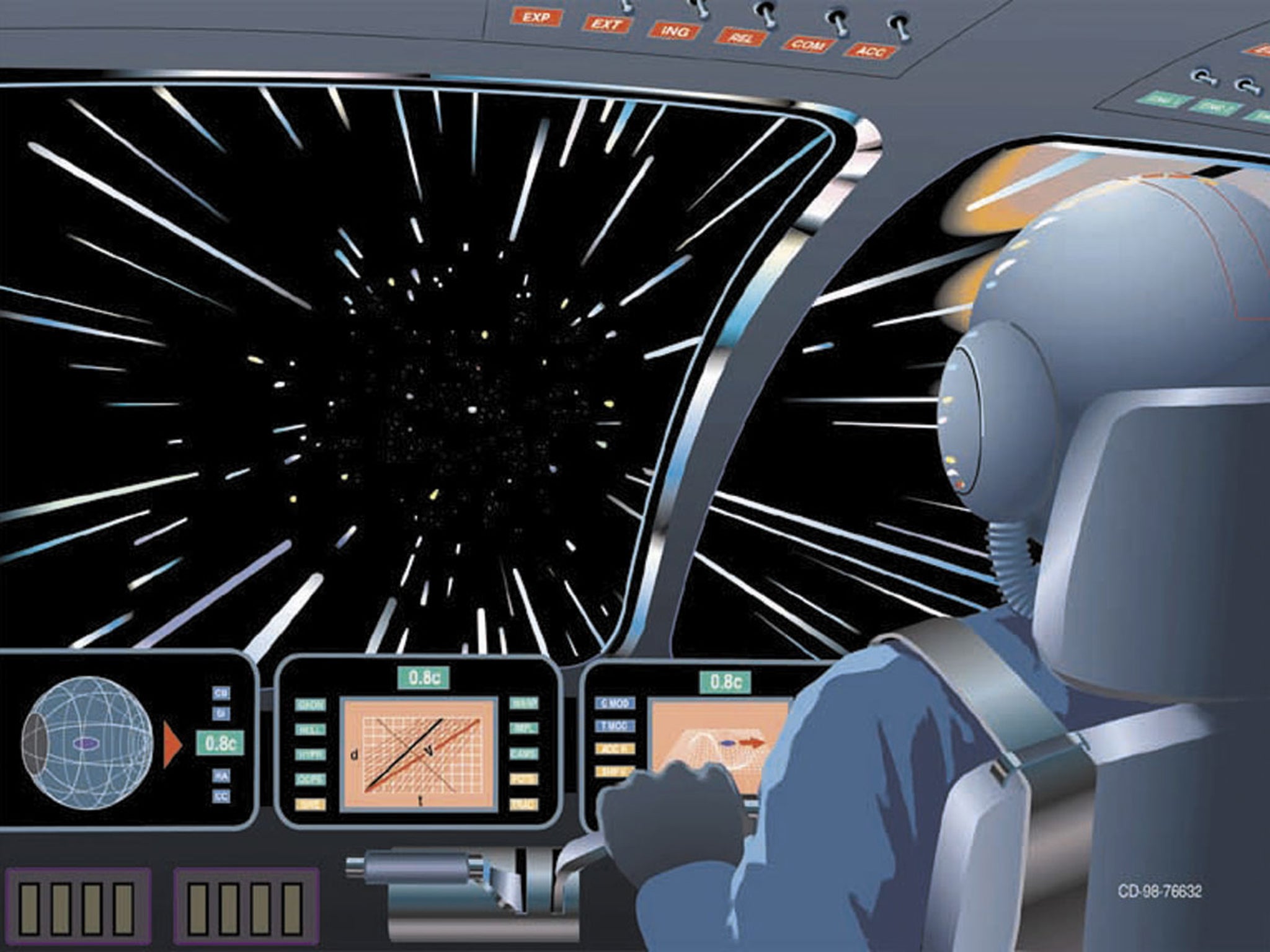Nasa might have successfully tested a warp drive that could carry people at speeds approaching that of light
Mysterious comments on a forum for space flight fanatics could be a clue to secret Nasa technology

Nasa may have successfully tested a form of space flight that could carry people to the moon in a few short hours — and eventually let us fly at speeds approaching that of light.
The agency has built an electromagnetic (EM) drive, using technology that shouldn’t be possible in current understanding of physics, according to users on forum NASASpaceFlight.com. Some of those discussing the plan claim to be Nasa engineers that are currently working on the plan — and have been verified as such, according to Cnet.
The device works by propelling objects through space by using magnets to create microwaves, which are then sent through a device to create thrust. If it works, it could overcome the need to carry fuel for propulsion — a huge problem that limits the speed and distance that those journeying in space can travel.
To work, the spacecraft that carried it would need to carry a nuclear power plant to create the energy required to travel through space.
But if scientists were able to develop such technology, it could eventually lead to ships that can move at almost 10 per cent of the speed of light — far faster than any object controlled by humans has ever gone before. That means that a piloted ship could get to Alpha Centauri, a bright star 1.34 parsecs from us, in only 92 years.
Nasa's official site says that: "There are many 'absurd' theories that have become reality over the years of scientific research."
"But for the near future, warp drive remains a dream," it writes in a post updated last month.
Speaking to Cnet, one of the scientists involved in the project said that it was looking to release Nasa from the problems of having to build and carry rockets.
"My work at Eagleworks (the lab at JSC where the EM drive is being tested) is just a continuation of my work tackling the fundamental problem that has been hindering manned spaceflight from the termination of the Apollo moon program,” said Paul March. “That being the availability of a robust and cost-effective power and propulsion technology that can break us loose from the shackles of the rocket equation."
Join our commenting forum
Join thought-provoking conversations, follow other Independent readers and see their replies
Comments